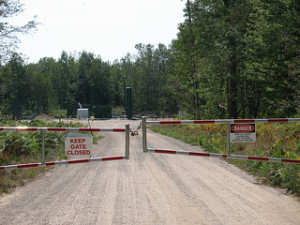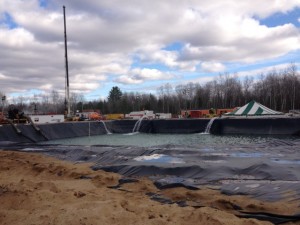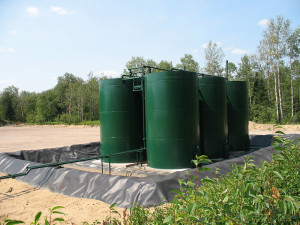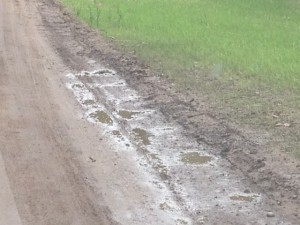
A study recently published in the science journal Nature documents a worsening problem that is invisible to all but the closest observers. The study found that the 28 most populous U.S. cities – including Detroit and Chicago – are all slowly sinking. Massive groundwater extraction is the most common cause of the land movements, the study authors said.
Detroit is among the top 10 in subsidence, sinking at an average rate of 1.726 millimeters annually. That may not sound like much, but it adds up to more than half a foot per century – enough to pose significant challenges for cities.
A separate study found another phenomenon leading to sinking cities: heat released from underground structures, such as parking garages, basements, subway tunnels, and sewers, which gradually deforms the surrounding earth. Also, as aboveground temperatures rise in response to greenhouse gas emissions, subsurface temperatures gradually follow. Existing structures aren’t designed for those variations, leading to shifts, tilts, and even cracks in infrastructure. This is known as “underground climate change.”
The sinking, also known as land subsidence, affects at least 20% of the urban area in the cities studied, and approximately 34 million people. The study found that more than 29,000 buildings in the 28 cities are located in high and very high damage risk areas.
The cities with the most widespread subsidence in the United States, with about 98% of the cities’ area affected, include Chicago, Dallas, Columbus, Detroit, Fort Worth, Denver, New York, Indianapolis, Houston, and Charlotte. In five cities—New York, Chicago, Houston, Dallas, and Fort Worth—at least 10% of the city area of Chicago is sinking at a rate exceeding 3 millimeters (.12 inches) per year.
Leonard Ohenhen, lead author of the new study, said solutions include land raising, enhanced drainage systems, and green infrastructure.
It is likely that part of the subsidence affecting Detroit is due to the interaction of clay soils and increasing temperatures. Clay contracts as temperatures increase. This causes building foundations to settle slowly. Further, a phenomenon known as glacial isotatic adjustment, or the slow rebounding of earth from glacial weight in the northern portion of the Great Lakes basin is likely contributing to Detroit’s subsidence.
Extraction of groundwater is having other effects on the planet. Researchers have found that extreme pumping of groundwater has even contributed to a shift in Earth’s axis.









